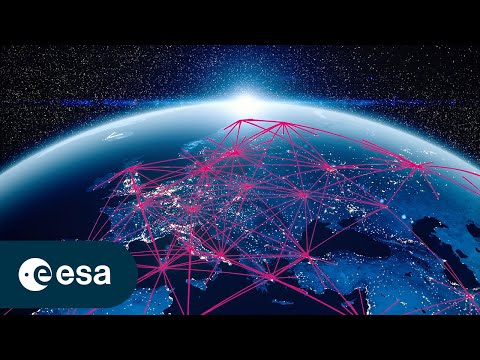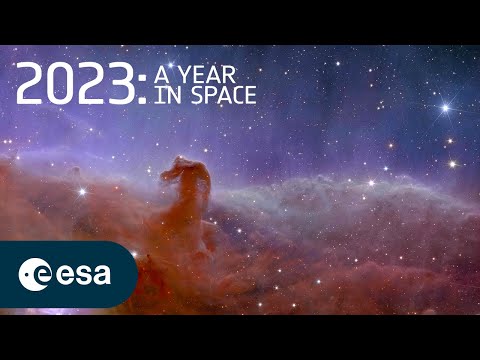Envisat: 20 years after launch
Twenty years ago, on the first of March 2002, ESA launched a new satellite to monitor our planet from space: Envisat. This research mission, which carried 10 instruments, would become a beacon for the development of future Earth observation satellites. In orbit for 10 years, double its projected lifespan, this flagship mission provided science with a wealth of data on the health of our planet and climate change – a treasure trove of data that is still used today. Thanks to the Heritage Space Programme, ESA ensures these precious data are preserved and made accessible for future generations.
Learn more about Envisat: https://www.esa.int/Applications/Observing_the_Earth/Envisat
★ Subscribe: http://bit.ly/ESAsubscribe and click twice on the bell button to receive our notifications.
Check out our full video catalog: http://bit.ly/SpaceInVideos
Follow us on Twitter: http://bit.ly/ESAonTwitter
On Facebook: http://bit.ly/ESAonFacebook
On Instagram: http://bit.ly/ESAonInstagram
On LinkedIn: https://bit.ly/ESAonLinkedIn
On Pinterest: https://bit.ly/ESAonPinterest
On Flickr: http://bit.ly/ESAonFlickr
We are Europe’s gateway to space. Our mission is to shape the development of Europe’s space capability and ensure that investment in space continues to deliver benefits to the citizens of Europe and the world. Check out https://www.esa.int/ to get up to speed on everything space related.
Copyright information about our videos is available here: https://www.esa.int/ESA_Multimedia/Terms_and_Conditions
#ESA
#Envisat
#EarthObservation





Thank you team of creators !
All this fantastic scientific data provided by such satellites and yet still the world remains sluggish about planet health and mitigating climate change.
I just don't get it.
A nós só nos resta agradecer o desempenho …para alertar e contribuir para a preservação do nosso belo e fantástico planeta…A vanguarda do Envisat …traduzida em futuro!!
Great video !l
so the sat is still up there, no decommissioning plans, really? a big BUS size piece of space junk awaiting for a collision to make things even worst… jeez ESA thanks for that
Also based on another comment: besides the enormous amount of useful data that Envisat provided, we cannot ignore that 20 years after launch Envisat is also one of the biggest and most dangerous pieces of space debris that will continue to orbit earth for next 150 years with a high probability of a future collision (especially given the enormous amount of satellites in orbit below Envosat), pieces coming loose and forming separate space debris, as well as a high likelihood of the vehicle eventually not completely burning up in the atmosphere and debris falling on populated areas on the ground. An accelerated de-orbit would require a lot of fuel and is still risky, raising it to a higher orbit would also be an option, but both options would cost a lot of money that ESA is probably not willing to spend.
As a US follower of space, keep up the progress. The world is a better place when we act as equals.
Envisat has a huge legacy in EO data – but isn't it a bit disingenuous not to mention that it is now a huge lump of space debris in a crowded orbit? There was a missed opportunity here to highlight the work ESA is doing on space debris removal.